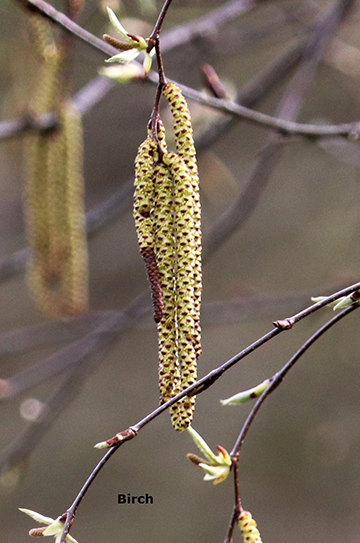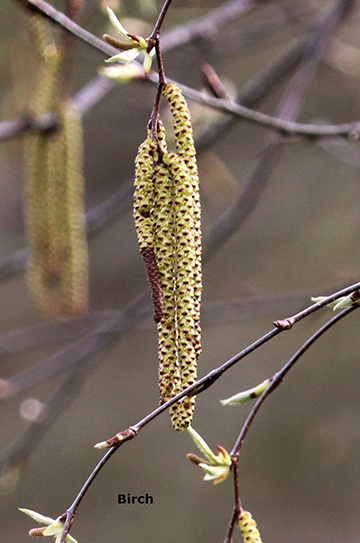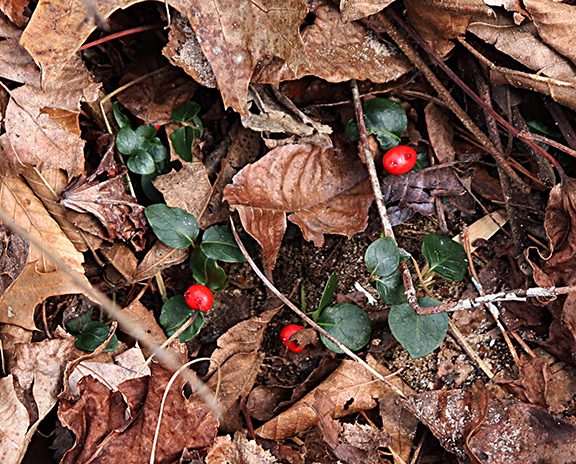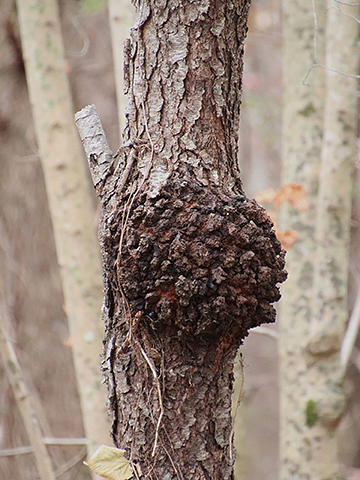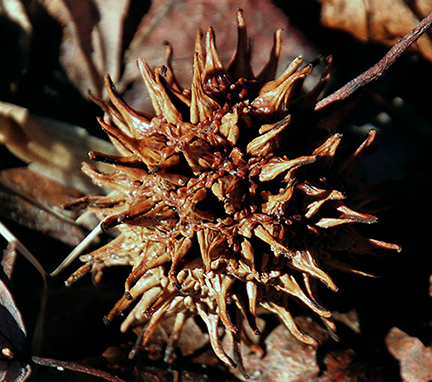

The crane-fly orchid is one of the most common orchids in North America. Spring is when the plant’s green leaves begin to emerge. They appear as a single leaf, often with raised purple spots and a fully purple underside. The leaves disappear in late Spring–early Summer, before the orchid blooms. The flowering stem is leafless and reaches 15–20″ tall.
In late Fall to early Winter, each crane-fly orchid plant will produce a single green leaf. The leaf is called a hibernal leaf because it is present only during the Winter when many other plants are dormant
The orchid’s dull yellow–purplish brown flowers bloom on a reddish-brown stem in Summer. In the Fall, oval-shaped pods containing seeds form up and down the dried stem. Each pod is the size of a pinto bean and houses thousands of dust-like seeds that scatter in the wind across the surrounding leaf litter.
Crane-fly orchids do not transplant well, so it’s best to enjoy them in their natural woodland setting.
Mystery Monday is sponsored by the Spy Newspapers and Adkins Arboretum.





